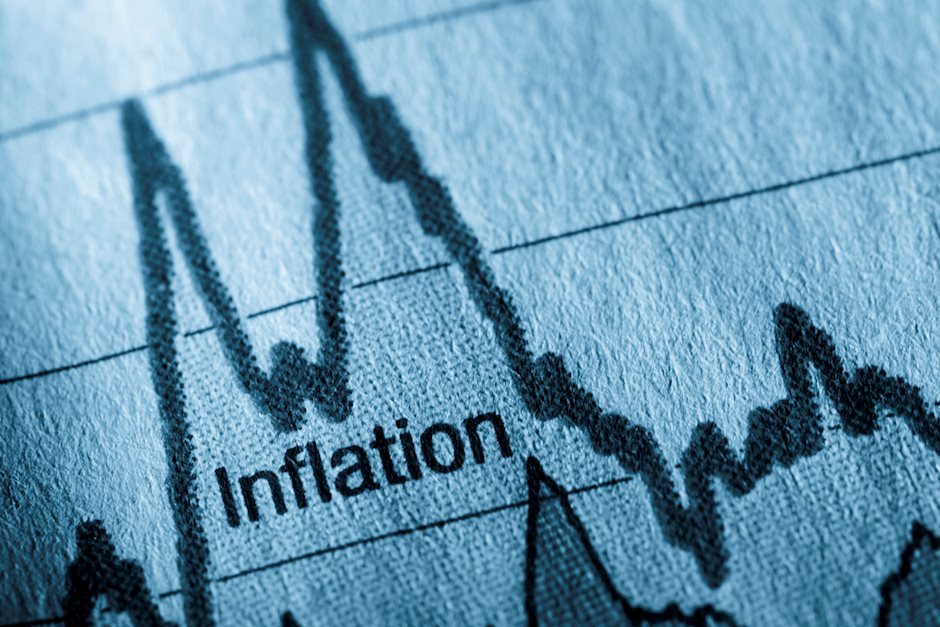Forex and Asia wrap: Cautious start to the week as month end and PCE looms

The focus is on commodity prices' inflationary impact, particularly as Brent is eying $87 per barrel.
Risk assets paused while the dollar slightly weakened as investors waited for more precise signals from upcoming macroeconomic data. Some stronger US dollar relief came from a more robust fix of the Chinese Yuan on Monday.
Several Fed speakers, including Lisa Cook, Austan Goolsbee, and Raphael Bostic, provided insights on the central bank front. Bostic, the President of the Atlanta Fed, indicated that his decision to shift from two rate cuts to one was a close call. He emphasized that as long as the economy remains strong and employment levels are robust, there's no rush to bring inflation down to the 2% target. Meanwhile, Governor Lisa Cook advocated for a cautious approach to rate cuts, highlighting the need to balance risks to employment and inflation goals. However, this all seemed to go unnoticed, but it certainly didn’t provide anything in the way of dovish impulse.
Across the Atlantic, Philip Lane, Chief Economist of the ECB, remarked on the progress made in containing inflation, noting a return to more normal levels of wage growth.
One significant risk to monitor is the trajectory of commodity prices and its potential ramifications for global inflation in the coming months. Brent oil prices have been gradually climbing, nearing the $87 per barrel mark. Oil market chatter suggests that OPEC+ delegates do not foresee the necessity of proposing policy changes in their upcoming meeting next week.
Additionally, the UN Security Council recently passed a resolution urging for a ceasefire in Gaza, with the United States choosing to abstain. While many other commodity prices have remained relatively stable, there has been a notable uptick in agricultural prices, particularly in commodities such as cocoa and palm oil. These developments underscore the importance of closely monitoring commodity markets for their potential impact on broader inflationary trends.
In equity markets, the recent dovish momentum appears to have slowed, as concerns surrounding bond supply, the anticipation of a potentially higher core-PCE reading on Friday, and the dovish Fed pushback have come to the forefront. While these factors have contributed to market sentiment, they were primarily anticipated, and the upcoming hot inflation data has been reflected in consensus expectations for the PCE. Market conditions ahead of the Easter weekend and the usual month-end fanfare may also influence some extent.
Despite being extensively studied and widely known, the month-end effect continues to exert its influence on the market, reaffirming its persistence over time. This phenomenon has been observed since at least 2006 and remains relevant even when highlighted in mainstream media outlets. The enduring presence of the month-end effect challenges the notion of efficient markets, particularly for those who adhere to the semi-strong form of market efficiency.
The month-end model can be boiled down to a straightforward premise: when US equities experience a gain of over 2.5% within a month, foreign owners of US equities are compelled to sell USD to readjust their FX hedges. For instance, if an investor holds a long position of one billion SPX and simultaneously holds a short position of one billion USD as a hedge, and the value of SPX increases to $1.25 billion, they would need to sell $250 million to restore balance. This process is commonly referred to as month-end rebalancing.
The FX markets are experiencing a mixed sentiment today, with the Dollar showing little direction. However, the Chinese Yuan (CNH) has strengthened by 0.33% against the Dollar, which has eased some pressure on the USD rally. This shift follows the authorities setting a more robust fix for USDCNY yesterday at 7.0996, down from the previous 7.1004. Market participants are closely monitoring the trend of the onshore CNY fix this week to gain insights into the PBOC's reaction function. In parallel, vital Chinese officials are expressing optimism about the economy. PBOC Governor Pan Gongsheng states that the property market has a "solid foundation" for long-term healthy and stable development. Additionally, efforts to address local debt risks are reportedly showing effectiveness.
Author

Stephen Innes
SPI Asset Management
With more than 25 years of experience, Stephen has a deep-seated knowledge of G10 and Asian currency markets as well as precious metal and oil markets.

















